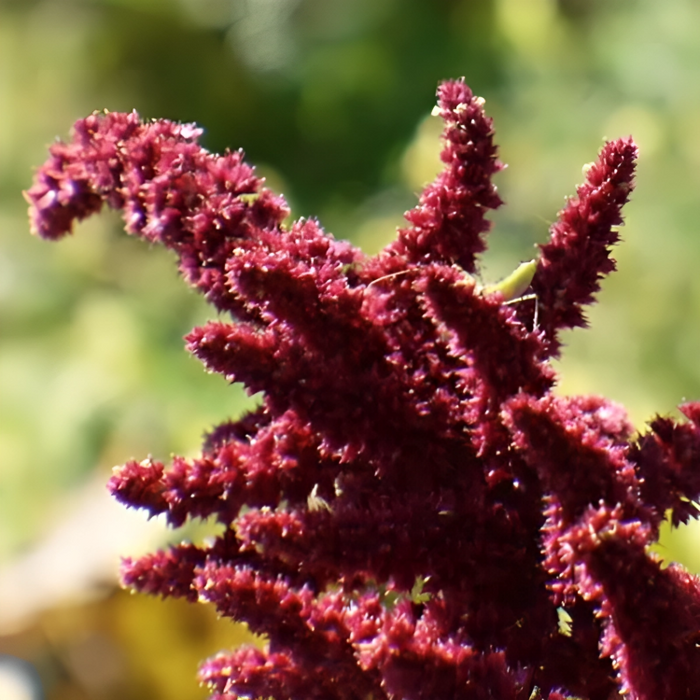
Amaranthus Pygmy Torch Flower Seeds
Save 50%
Original price
$10.00
Original price
$10.00
-
Original price
$10.00
Original price
$10.00
Current price
$4.99
$4.99
-
$4.99
Current price
$4.99
Ignite the passion for gardening and embrace the appeal of Amaranthus Pygmy Torch Flower Seeds, an investment in nature's artistry that will continue to blossom year after. Sowing the seeds of this botanical masterpiece is a breeze, whether you choose to plant them outdoors after the frost subsides or indoors weeks before the last frost, ensuring a flourishing garden that captivates the senses.
Specifications:
- Color: Striking deep burgundy blooms add bold contrast to gardens.
- Plant Seeds: Sow outdoors post-frost or start indoors weeks ahead.
- Plant Height: Grows to a height of 18 to 24 inches.
- Plant Spacing: Space 18 to 24 inches apart for full, healthy growth.
- Bloom Time: Begins blooming in the middle of summer.
- Light Requirements: Thrives in full sun and tolerates partial shade.
- Soil & Water Preferences: Prefers average, well-drained soil.
- Quantity: Contains approximately 150 seeds per packet.


